Your Rights: Navigating Collision Repair Services Fairly
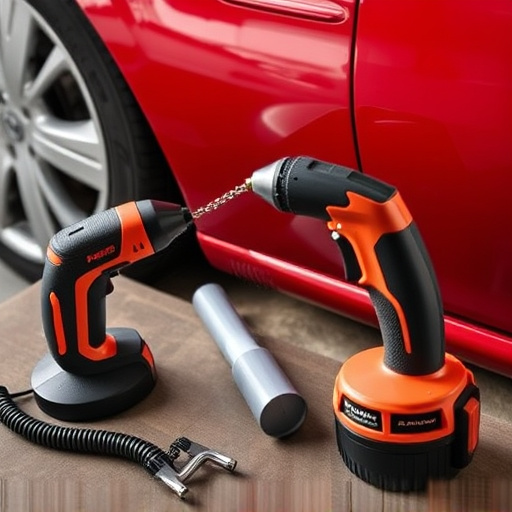
Knowing your rights and understanding collision repair contracts is crucial for a satisfactory car r…….
Welcome to an in-depth exploration of collision repair services, an essential component of the automotive industry that plays a critical role in ensuring road safety and maintaining vehicle aesthetics. This article aims to guide readers through the intricate world of collision repair, shedding light on its processes, global impact, economic significance, technological innovations, regulatory framework, challenges, and future potential. By delving into these aspects, we will uncover the vital role collision repair services play in our modern transportation ecosystem.
Definition:
Collision repair services refer to a specialized set of processes and operations designed to restore vehicles damaged in collisions or accidents to their pre-incident condition. This includes not only structural repairs but also cosmetic enhancements to ensure the vehicle’s safety, functionality, and aesthetic appeal.
Core Components:
Historical Context:
Collision repair services have evolved significantly over the years, driven by advancements in technology and an increasing focus on road safety. In the early days, repairs were often rudimentary, focusing mainly on structural integrity. However, with the advent of modern materials, computer-aided design (CAD), and advanced manufacturing techniques, collision repair has become a highly skilled and precise art. Today, it is an integral part of the automotive aftermarket industry, contributing to both vehicle safety and economic sustainability.
International Influence:
Collision repair services are a global phenomenon, with every country developing its own set of standards and practices. The international impact is evident in several ways:
Trends Shaping the Industry:
Regional Variations:
Market Dynamics:
The global collision repair market is a significant contributor to the automotive industry’s economic landscape. Key factors influencing its dynamics include:
Investment Patterns:
Collision repair businesses operate on a mix of fixed and variable costs:
Economic Impact:
Digital Transformation:
Technology has been a game-changer in collision repair services, enhancing efficiency, precision, and customer experience:
Emerging Technologies:
Future Prospects:
The future of collision repair services is poised for further technological integration:
Key Policies and Frameworks:
Collision repair services operate within a regulatory framework designed to ensure safety, quality, and consumer protection:
Regulatory Impact:
Main Challenges:
Proposed Solutions:
Case Study 1: The Digital Transformation of a Leading Repair Chain
Company X, a prominent collision repair chain in North America, implemented a digital transformation strategy. They invested in CAD design software and robotic welding systems, resulting in:
Case Study 2: Community-Focused Repair Services in Urban Areas
In a bustling metropolis, a startup collision repair shop, ‘UrbanFix,’ emerged to cater to the unique needs of urban drivers. Their approach included:
The collision repair services industry is poised for significant growth and transformation in the coming years:
Collision repair services are an indispensable component of the modern automotive ecosystem, ensuring road safety, vehicle longevity, and consumer satisfaction. From technological innovations to regulatory compliance, the industry has evolved to meet the demands of a dynamic global market. As we look ahead, ongoing advancements in technology, sustainability practices, and global collaboration will shape its future, making collision repair services even more efficient, effective, and environmentally conscious.
Q1: How do I choose a reliable collision repair shop?
A: Look for shops with proper licensing, certifications, and positive customer reviews. Ensure they use original equipment manufacturer (OEM) parts and have experienced technicians.
Q2: What is the average cost of collision repair?
A: Costs vary widely depending on the severity of damage, vehicle make and model, and location. Simple repairs might range from $500 to $1500, while extensive damages could exceed $10,000.
Q3: How can I ensure my insurance company approves my chosen repair facility?
A: Most insurance companies have preferred repair networks. You can check with your insurer for recommended facilities or ask for a list of approved shops in your area.
Q4: Are there any environmental benefits to collision repair services?
A: Absolutely! The industry is increasingly adopting eco-friendly practices, such as recycling materials and using environmentally friendly products, reducing its carbon footprint.
Q5: What role does AI play in collision repair?
A: AI algorithms streamline operations by predicting repair costs, optimizing scheduling, and analyzing damage patterns for more accurate repairs.

Knowing your rights and understanding collision repair contracts is crucial for a satisfactory car r…….
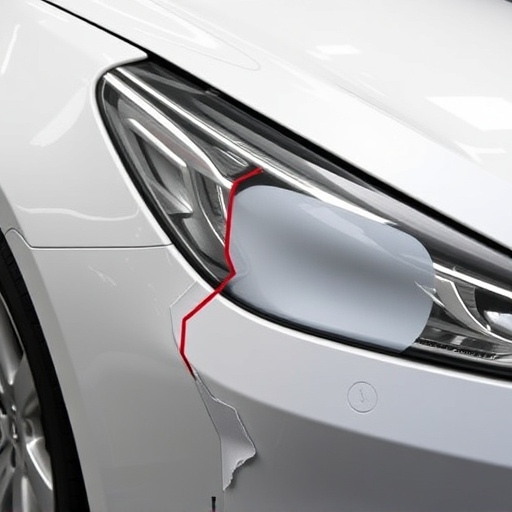
Structural realignment in collision repair services is a meticulous process using advanced tools to…….
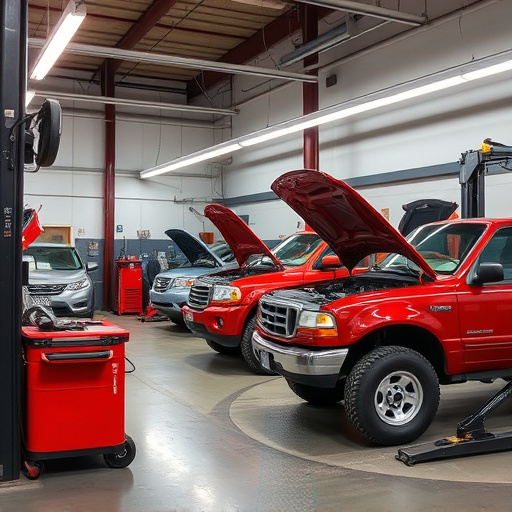
Ignoring minor vehicle dents can lead to costly structural issues over time. Collision repair servic…….
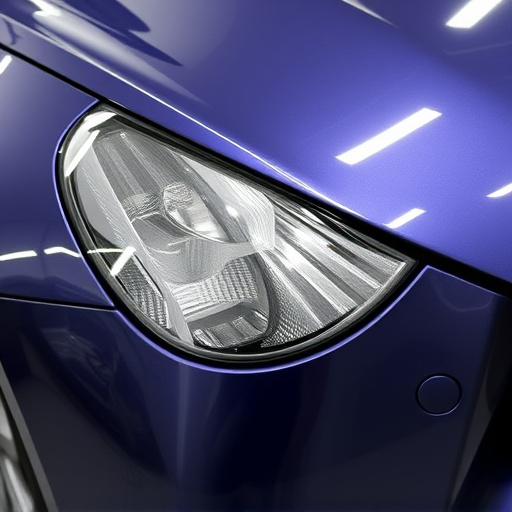
Collision repair services begin with a detailed assessment using 3D scanning to measure and document…….
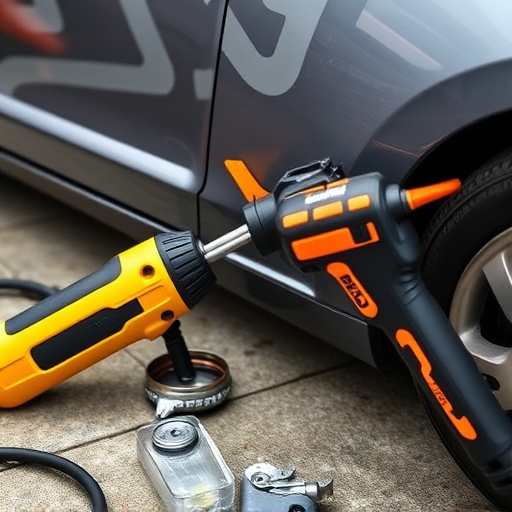
Collision repair services begin with a detailed assessment and estimate. Prepare vehicle documents,…….
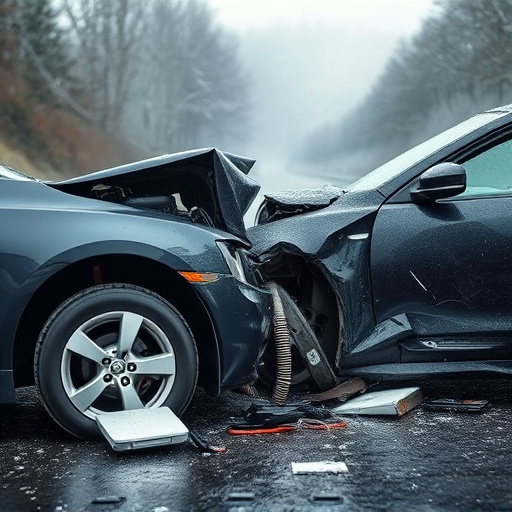
After collision repair services, thorough inspections by skilled technicians ensure structural integ…….

Meticulous inspection and documentation after collision repair services are vital for quality contro…….

Choosing a reputable collision repair shop is crucial for vehicle safety and value retention. Certif…….

The modern collision repair industry leverages technological advancements like CAD software, robotic…….